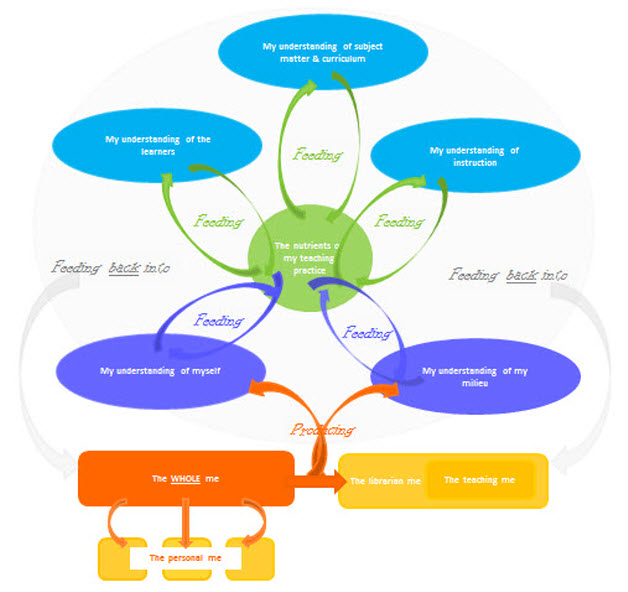I’m really getting eager for my copy of Hall to arrive in the post. I think that I’ve had another one of those high context communication experiences.
I was coming into work & an academic client yelled out, “Sandra!”. I looked around & she said to me, “Did you know that our students can’t find books on the library shelves?”. Like so many academic librarians, my answer was “Yep” and an addition, “But, remember most of the books in your discipline are ebooks so there aren’t so many to find as there are in some other disciplines”.
Warming up to the subject, I added “And, some students can’t use a table of contents and can sometimes struggle with an index”. Her response? “I know – it’s Google. And, did you know that lots of students haven’t read a book since primary school?” From me another, “Yep” … “but, in third year, the smart ones figure out that it’s going probably going to hold them back when they do their 4th year research project so at least they are starting to think about it”.
So, I asked “Are we going to do something about it?” & her answer was “Yes”. I expected that from this client, but the next part of her response took me by surprise.
She also felt that she needed to get back into weeding because we needed to make it easier for these struggling students to find things in the subject areas where their analytical thinking is really challenged (or perhaps more to the point I was thinking to myself, eliminate their chances of being able to just make do with irrelevant items because that’s quicker).
Could it be that context spoke to her, as a truly thinking educator, so clearly that she had started to think like a librarian? Well, perhaps that’s an over-statement but …

